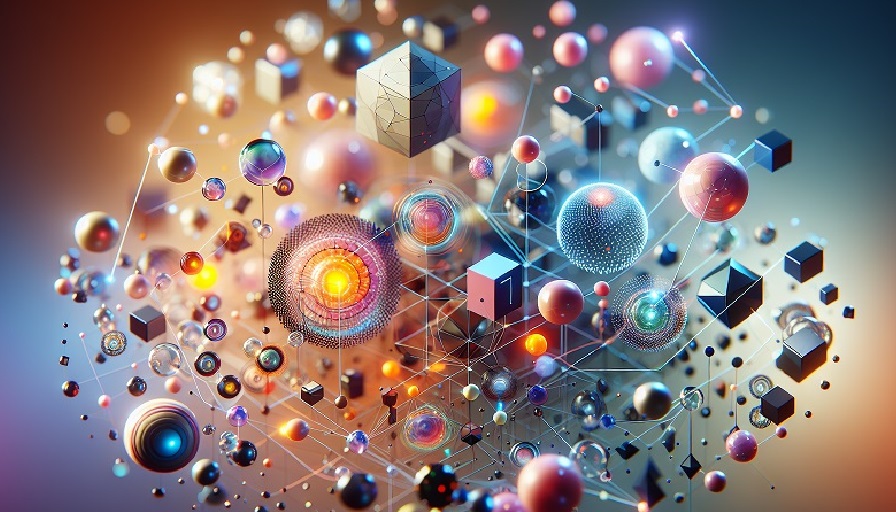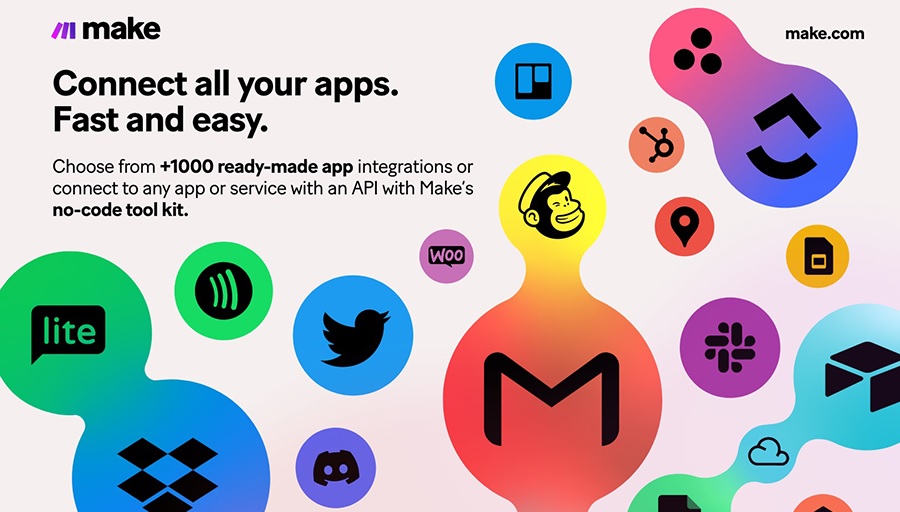
Every organization has them – those repetitive tasks that quietly consume hours of employee time. Updating spreadsheets, answering routine questions, logging information, sending reminders. While each task may take only minutes, together they add up to significant losses in productivity and morale. AI automation is changing this picture by taking on repetitive responsibilities and giving teams the freedom to focus on creative, strategic, and value-driven work.
Contents
The Hidden Cost of Repetition
On paper, repetitive tasks seem harmless. But their impact is deeper than most organizations realize. The costs include:
- Time Drain: Employees spend a large share of their workweek on routine tasks, leaving less time for innovation and problem-solving.
- Burnout: Repetition reduces engagement, increasing the risk of employee dissatisfaction and turnover.
- Errors: Manual tasks are prone to mistakes, especially when fatigue or boredom sets in.
- Opportunity Loss: Every hour spent on repetition is an hour not spent on growth initiatives or strategic goals.
AI automation addresses these costs directly. By handling repetitive work reliably and consistently, it creates breathing room for employees to do the work that requires uniquely human skills.
How AI Automation Frees Teams
Handling Administrative Tasks
AI agents can schedule meetings, send reminders, and manage calendars automatically. Instead of wasting time coordinating availability across multiple people, employees simply confirm or adjust recommendations.
Streamlining Communication
From summarizing meetings to drafting routine responses, AI tools reduce the hours spent managing communication. Chatbots handle customer FAQs, while email automation prioritizes messages and generates replies to standard requests.
Automating Data Work
Data entry, validation, and reporting can be some of the most mind-numbing tasks in business. AI systems extract, clean, and process data at scale. For example, invoices can be scanned, verified, and logged without human intervention.
Accelerating Approvals
Approval processes often bog down workflows. AI automation routes requests to the right approvers, applies policy-based rules, and notifies stakeholders instantly. This keeps projects moving without endless email chains.
Running Routine IT Processes
Help desks use AI agents to reset passwords, configure accounts, and manage access requests. IT staff no longer need to address the same request dozens of times per week, freeing them to focus on infrastructure and innovation.
Benefits Beyond Efficiency
The impact of automation goes far beyond faster task completion. It creates space for meaningful change in how organizations operate:
- Boosted Productivity: Teams accomplish more by shifting focus to strategic work.
- Higher Job Satisfaction: Employees spend more time on challenging, fulfilling tasks.
- Improved Accuracy: Automation reduces human error in repetitive processes.
- Faster Growth: Freed-up resources allow organizations to pursue new opportunities sooner.
Real-World Examples
Finance Teams
Finance departments once buried in manual reconciliation now rely on AI to match payments, flag anomalies, and generate reports. Accountants spend their time analyzing results instead of chasing errors.
Customer Service
AI-powered chatbots resolve common queries such as order tracking or password resets. Support agents focus on complex, high-value interactions that require human empathy.
Human Resources
Recruiters use AI to screen resumes, schedule interviews, and answer common applicant questions. This frees them to focus on evaluating culture fit and building relationships with candidates.
Sales and Marketing
AI systems qualify leads, manage CRM updates, and even draft personalized outreach. Sales teams spend more time talking to qualified prospects instead of updating spreadsheets.
Challenges of Automating Repetition
Change Resistance
Some employees worry automation will replace their jobs. Leaders must emphasize that automation is a tool to elevate work, not eliminate roles. Involving staff in design and implementation increases buy-in.
Maintaining Oversight
Automation should be monitored regularly. Errors in repetitive tasks – such as misapplied refunds or incorrect data entry – can cascade across systems if not caught early.
Integration Complexity
Routine tasks often span multiple platforms. Building seamless automation requires proper integration across systems, from email to CRMs to financial software.
Balance Between Human and AI
Not all repetitive tasks should be automated. Some require judgment or carry risks if handled incorrectly. Knowing when to leave a human in the loop is critical.
How to Get Started
Identify the Biggest Time Drains
Track where employees spend the most time on repetitive work. These areas are prime candidates for AI automation.
Prioritize Low-Risk Processes
Start with tasks where automation errors carry minimal consequences. This builds confidence before expanding into more sensitive workflows.
Involve Teams in Design
Employees know the pain points best. Involving them in designing workflows ensures adoption and reduces resistance.
Measure and Scale
Track metrics such as hours saved, error reduction, and satisfaction improvements. Use results to justify expanding automation across the organization.
The Future of Work with AI Automation
As AI tools advance, automation will move beyond simple repetition into autonomous workflows. Agents will not just process requests but also predict needs, anticipate issues, and suggest improvements. This shift will further elevate the role of humans – freeing teams to focus on creativity, problem-solving, and leadership.
The organizations that thrive will be those that embrace automation as a partner, not a replacement. By letting AI handle the routine, businesses can unleash the full potential of their teams.
Repetition is the enemy of innovation. AI automation frees teams from routine drudgery, giving them the space and energy to create, strategize, and grow. The benefits go beyond efficiency – they reshape how people experience work itself. By adopting AI automation thoughtfully, organizations can build environments where human creativity and machine consistency work together to drive transformation.

